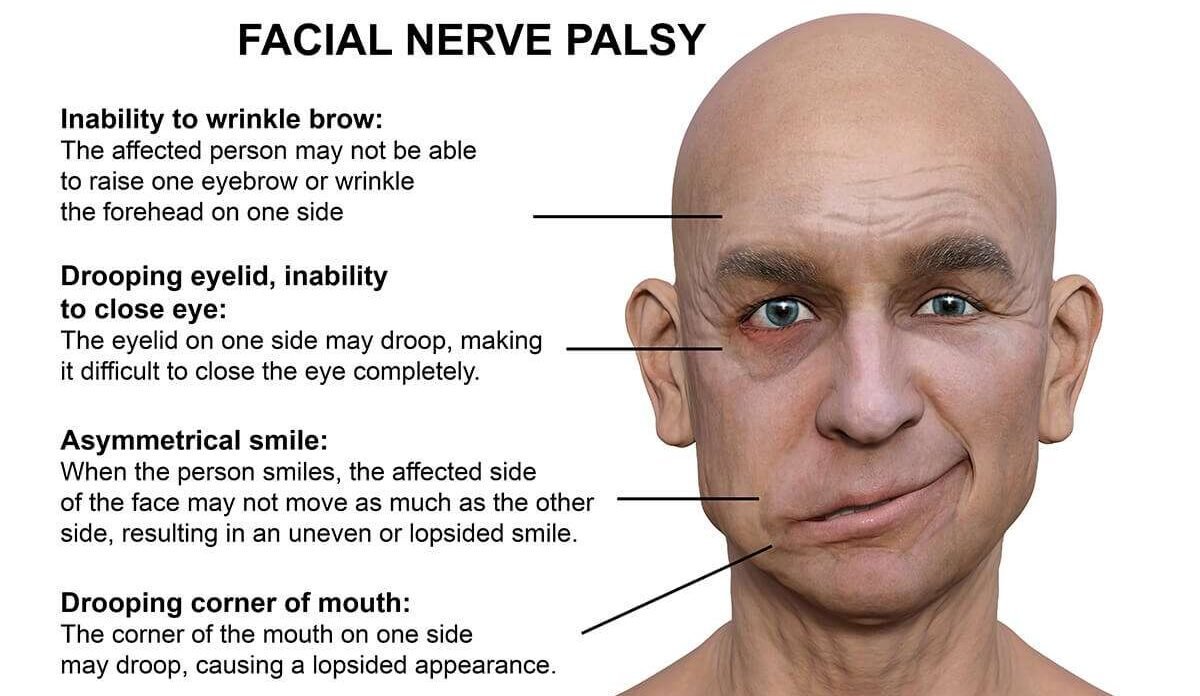Exercises for Bell's palsy are an essential part of physiotherapy for this condition. They help activate nerves and strengthen facial muscles, improving facial expression and promoting healing. Here are some exercises that can be done to help manage the symptoms of Bell's palsy. Bell's palsy is a non-progressive neurological disorder that affects the facial nerve, causing sudden onset facial paralysis or weakness. The exact cause of Bell's palsy is unknown, but it is often associated with viral infections, immune disorders, and hereditary factors. The condition is characterized by the sudden onset of facial paralysis that may be preceded by a slight fever, pain behind the ear on the affected side, and weakness on one side of the face. The symptoms may begin suddenly and progress rapidly over several hours and sometimes follow a period of stress or reduced immunity.Continue reading
Tag: facial paralysis
Bell’s Palsy: Causes, Symptoms, and Treatment
Bell's Palsy is a condition that affects the facial nerves, causing sudden weakness or paralysis on one side of the face. It is named after Sir Charles Bell, a Scottish anatomist who first described the condition in the 19th century. The exact cause of Bell's Palsy is still unknown, but it is believed to be associated with viral infections, particularly the herpes simplex virus. One of the main symptoms of Bell's Palsy is the sudden onset of facial weakness or paralysis, which can make it difficult to control the muscles on one side of the face. This can lead to drooping of the mouth, difficulty closing the eye on the affected side, and a distorted smile. Other symptoms may include pain or discomfort around the jaw or behind the ear, increased sensitivity to sound in one ear, and a loss of taste on the front two-thirds of the tongue.Continue reading

